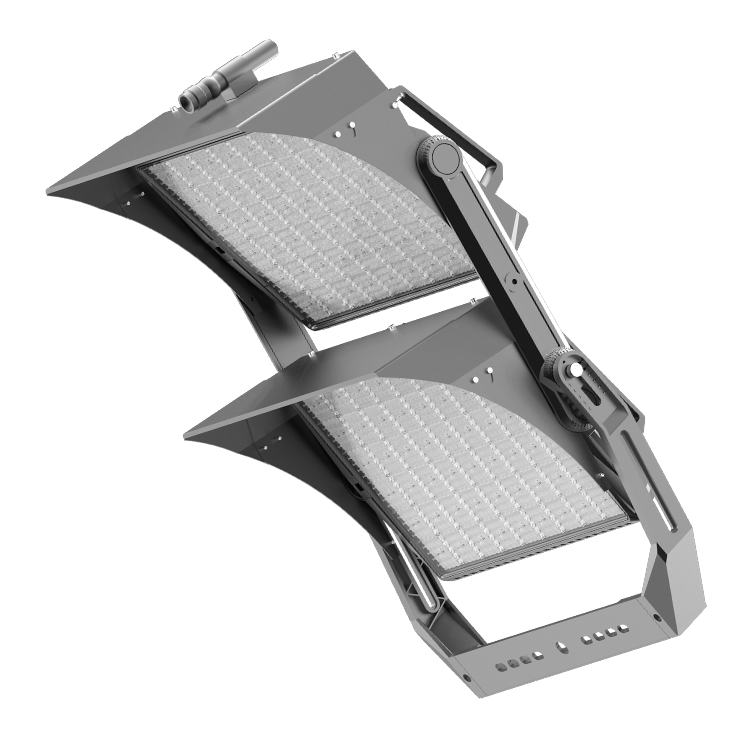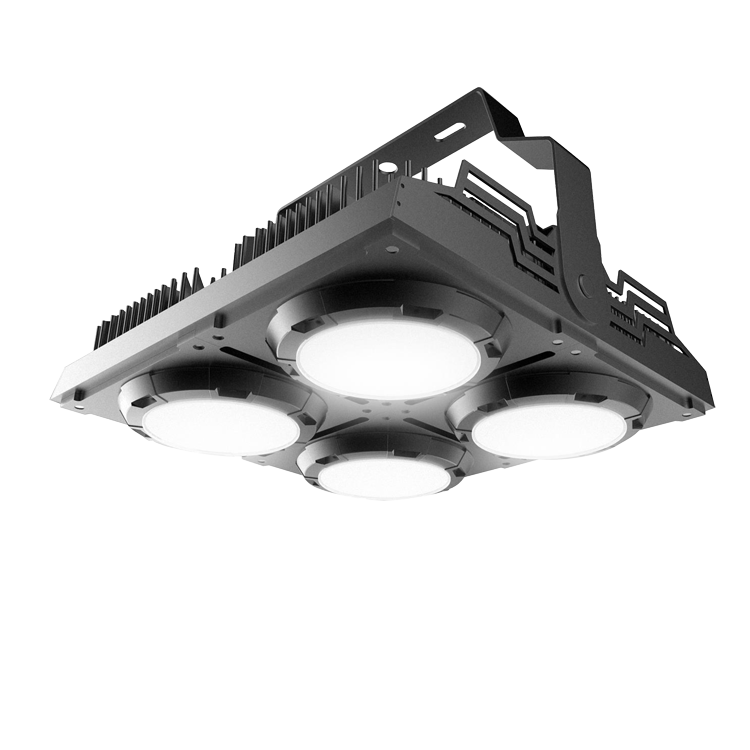In recent years, the global market for LED lighting has witnessed exponential growth, with projections indicating that it will reach a staggering $100 billion by 2025. This surge is largely attributed to the increasing demand for energy-efficient and environmentally friendly lighting solutions. Among these innovations, Original Design Manufacturers (ODM) specializing in LED flood lights have emerged as key players in this transformative industry.
An Overview of LED Flood Light ODM and Their Transportation Attributes
led flood light ODMs are pivotal in designing and manufacturing high-quality lighting products tailored to meet diverse consumer needs. One notable characteristic of these products is their transportation attributes, which encompass durability during shipping, lightweight construction for cost-effective logistics, and compact packaging designs that optimize space utilization. Furthermore, compliance with regulatory standards concerning environmental sustainability plays an essential role in shaping the design and transport processes of these fixtures.
Mason’s Role in Regulatory Compliance for Environmental Standards
Mason has established itself as a leader within the realm of regulatory compliance regarding environmental standards among LED flood light ODMs. The company prioritizes adherence to international regulations such as RoHS (Restriction of Hazardous Substances) and WEEE (Waste Electrical and Electronic Equipment), ensuring that its products not only minimize ecological impact but also align with global best practices. By implementing rigorous testing protocols throughout production phases, Mason guarantees that each unit meets stringent safety requirements while promoting sustainable manufacturing processes.
Characteristics of 150W Street Light LED Factory Regarding Regulatory Compliance for Environmental Standards

The following points outline how a typical 150W street light led factory addresses regulatory compliance concerning environmental standards:
- Material Sourcing: Utilization of eco-friendly materials free from hazardous substances ensures minimal environmental impact.
- Energy Efficiency: Products are designed to consume less power while providing optimal illumination levels.
- Sustainable Manufacturing Practices: Implementation of waste reduction strategies during production helps lower carbon footprints.
- Circular Economy Initiatives: Encouragement towards recycling programs facilitates responsible disposal at end-of-life stages.
- CERTIFICATIONS: Obtaining certifications like ISO 14001 demonstrates commitment to effective environmental management systems.
A Conclusion on the Importance of Regulatory Compliance for Environmental Standards in LED Flood Light ODMs
This exploration into the transportation attributes associated with LED flood light ODMs underscores their significance within both logistical frameworks and broader ecological considerations. As we navigate through an era increasingly defined by sustainability imperatives, understanding how companies like Mason adhere to regulatory compliance becomes crucial not only for business success but also for fostering a healthier planet through conscientious product development practices.
